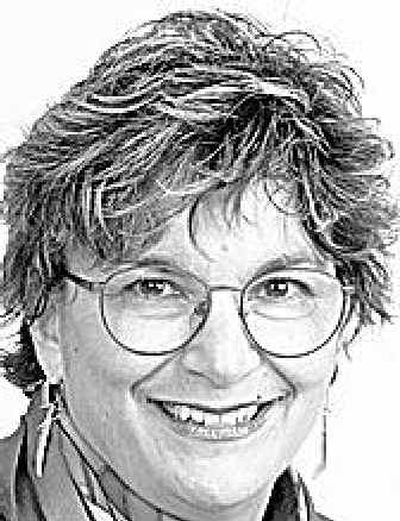Heed recommendations to prevent osteoporosis

The Surgeon General recently released a report on Bone Health and Osteoporosis. These reports come about when the folks at the Department of Health and Human Services see a health trend affecting large numbers of our citizens, the “public” in Public Health. Osteoporosis is another chronic disease that preys on us as we get older, like diabetes and heart disease. But osteoporosis, like so many other chronic illnesses, is largely preventable.
I am a post-menopausal woman on the other side of 50. I am not taking hormones. My bone scan wasn’t so great, but I don’t have osteoporosis. Yet. So I was most interested in what the report had to say.
About 10 million Americans above age 50 have osteoporosis. Another 34 million are at risk for developing it. Every year 1.5 million people, men and women, will suffer a fracture because of weakened bones. Seniors who suffer hip fractures are four times as likely as their noninjured peers to die within three months of the fracture. And there is worse news yet for us independent-minded folk: 20 percent of seniors who suffer a broken hip will end up in a nursing home within a year of the fracture. In her lifetime, one out of every two women older than 50 will break a bone because of osteoporosis.
If these statistics were not dismal enough, the number of hip fractures could double or even triple by 2020. We baby boomers will be in our 60s and 70s by then, so this report is talking directly to us.
What are we to do? First and foremost: enough calcium (1200 mg a day), vitamin D and exercise. This triad is a major contributor to bone health at all ages. Those of us who spent our teenage years drinking diet soda instead of milk have some catching up to do. While we consider our own options, we can go a long way in preventing an epidemic of osteoporosis by making sure our children understand that prevention is a life-long process: make sure they have adequate calcium in their diet from the beginning.
Weight-bearing exercise (like, say, walking) puts stress on the bones and helps to keep them strong. Thirty minutes a day. Every day. Most fractures are caused by falls, and here’s where I pay particular attention, since my M.S. has really affected my balance. The fact that I have learned to fall as if I did it on purpose is no help. Balance retraining, even some Tai Chi could help.
For you smokers out there, add bones to the list of body parts affected by smoking. Let’s see, exercise, stop smoking, better diet. Sound familiar? If you all are getting tired of us doctors repeating the litany, believe me, so are we. But it sure is nice that paying attention to this advice will improve our health in so many ways.
Other risk factors for osteoporosis include medications, especially steroids that can affect bone health. Family history is important, as are race (Caucasians are more at risk), gender, low BMI, menopausal status, not using estrogen replacement therapy and having history of a fracture as an adult.
The United States Preventive Services Task Force recommends that all women over 65 be routinely screened with a Bone Mineral Density Test. Women between 60 and 65 with risk factors or a previous fracture should be screened. They have no recommendation for women younger than 60, but most clinicians recommend at least one screening in that decade, especially if risk factors are present.
Studies show that people who have osteoporosis on screening, even without evidence of fracture, benefit from treatment, which has been shown to decrease future fracture risk. The controversy about treatment revolves around those who are found to have osteopenia. Will treatment reduce the risk of getting osteoporosis and subsequent fractures? It makes sense, but studies are in progress that will hopefully tell us if that’s the case. Meanwhile, it’s worth a discussion with your clinician.